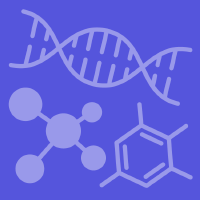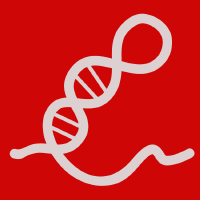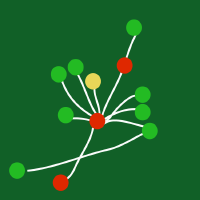Topic Menu
► Topic MenuTopic Editors

Intelligent Computing Unlocks the Molecular Code of Complex Diseases
Topic Information
Dear Colleagues,
A key aim of post-genomic biomedical research is to systematically unlock the molecular codes of complex diseases. Various molecules and their coordination comprise the basis of life activities, and the perturbations and or disorders of these associations lead to complex diseases. For instance, proteins directly undertake fundamental life activities, chemical compounds regulate metabolism, and multiple non-coding RNA also play a role in cellular development and tumorigenesis. Intelligence computing, represented by artificial intelligence, deep learning, and data analysis, etc., is very promising for accelerating related research. The aim of this Topic is to report on cutting-edge advances in intelligent computing approaches for the discovery of molecular mechanisms and the development of drugs for complex diseases. We are especially interested in research on molecular feature representation, genomics, proteomics data generation or integration, intelligence analysis algorithms for multi-omics data, single-cell RNA sequencing data analysis, drug combination, drug repositioning, evolutionary algorithms, parallel and cloud computing, the prediction of molecular function and structure, and applications of intelligence computing for personalized medicine. Potential topics include, but are not limited to: Sequence analysis; Multi-omics data modeling and analysis; scRNA-seq data analysis; Drug combination and repositioning; Molecular feature learning; ncRNA function annotation; Graph learning and reasoning; Molecular structure and function prediction; Systems biology and computational biology.
Prof. Dr. Zhu-Hong You
Dr. Yangming Li
Dr. Haicheng Yi
Topic Editors
Keywords
- bioinformatics and computational biology
- intelligence computing for healthcare
- multi-omics data analysis
- drug discovery
- non-coding RNA–disease association
Participating Journals
| Journal Name | Impact Factor | CiteScore | Launched Year | First Decision (median) | APC |
|---|---|---|---|---|---|

Biomolecules
|
5.5 | 8.3 | 2011 | 16.9 Days | CHF 2700 |

BioTech
|
- | 4.4 | 2012 | 19.6 Days | CHF 1600 |

Genes
|
3.5 | 5.1 | 2010 | 16.5 Days | CHF 2600 |

Non-Coding RNA
|
4.3 | 9.6 | 2015 | 16.6 Days | CHF 1800 |

Proteomes
|
3.3 | 5.7 | 2013 | 28.3 Days | CHF 1800 |

MDPI Topics is cooperating with Preprints.org and has built a direct connection between MDPI journals and Preprints.org. Authors are encouraged to enjoy the benefits by posting a preprint at Preprints.org prior to publication:
- Immediately share your ideas ahead of publication and establish your research priority;
- Protect your idea from being stolen with this time-stamped preprint article;
- Enhance the exposure and impact of your research;
- Receive feedback from your peers in advance;
- Have it indexed in Web of Science (Preprint Citation Index), Google Scholar, Crossref, SHARE, PrePubMed, Scilit and Europe PMC.



